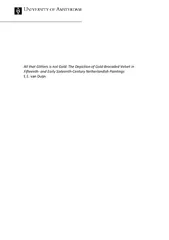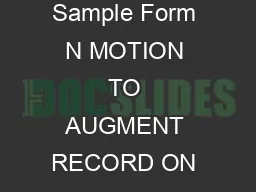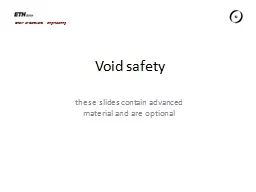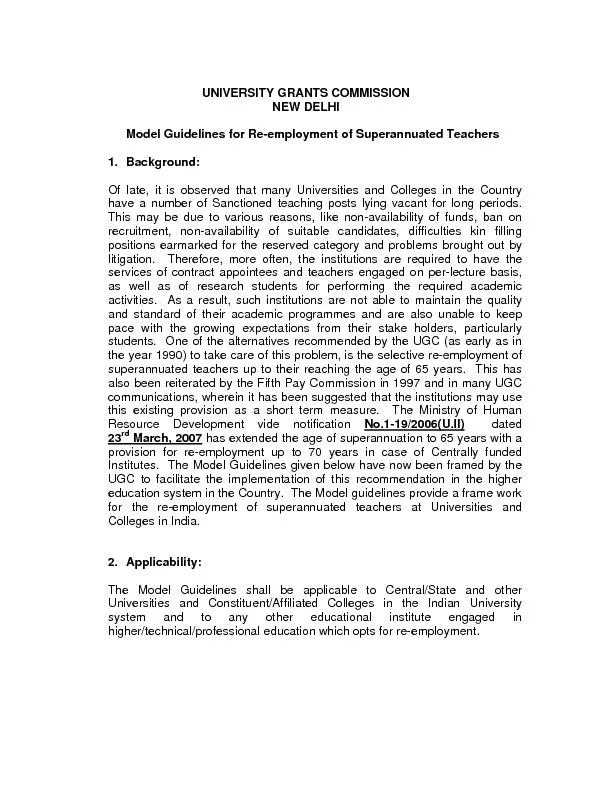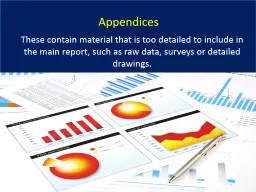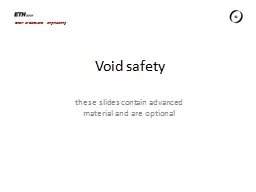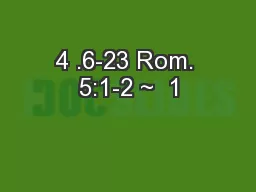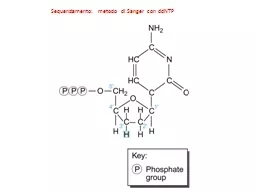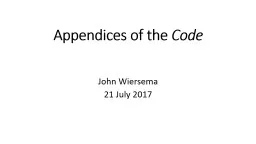PDF-An attached CD ROM contains the appendices an overvi
Author : briana-ranney | Published Date : 2015-05-09
The next four appendices contain schedules of the brocade patterns fou nd on the examined paintings of respectively Jan van Eyck Geertg en tot Sint Jans Cornelis
Presentation Embed Code
Download Presentation
Download Presentation The PPT/PDF document "An attached CD ROM contains the appendic..." is the property of its rightful owner. Permission is granted to download and print the materials on this website for personal, non-commercial use only, and to display it on your personal computer provided you do not modify the materials and that you retain all copyright notices contained in the materials. By downloading content from our website, you accept the terms of this agreement.
An attached CD ROM contains the appendices an overvi: Transcript
Download Rules Of Document
"An attached CD ROM contains the appendices an overvi"The content belongs to its owner. You may download and print it for personal use, without modification, and keep all copyright notices. By downloading, you agree to these terms.
Related Documents

